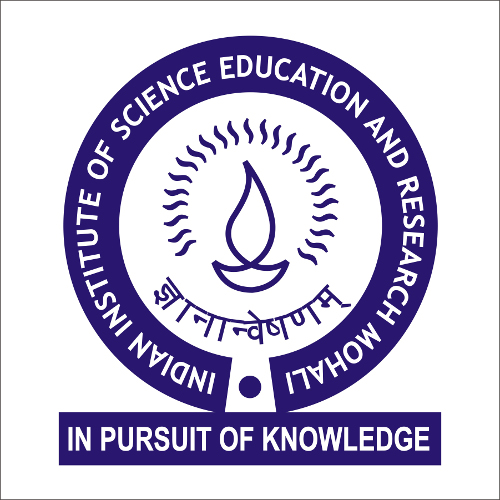Forthcoming Events
Quantum error correction: evaluating theoretical guarantees on experimental hardware
Location : Online
Abstract: A large-scale quantum computer is envisioned to leverage the theoretical guarantees of the fault tolerance accuracy threshold theorem to ensure that long computations are carried out reliably, even in the presence of noise. Quantum Error Correction (QEC) is an integral part of a fault-tolerant protocol that enables noise-resilient quantum information storage. The conventional approach to fault tolerance using stabilizer codes assumes a simplistic model for errors: probabilistic application of Pauli operations. However, Pauli matrices are an oversimplified model for understanding all the intricacies in real-world quantum hardware. For instance, they fail to capture coherent errors that arise from miscalibration. So, a disparity exists between (quantum) physical noise and the oversimplified mathematical models for proving the threshold theorems. In this talk, I aim to integrate theoretical and experimental efforts in QEC by addressing the f102385ollowing question. For an n−qubit hardware device, can we efficiently compute a figure of merit that can accurately predict the quality of the logical qubit? Recalling the findings from [1], I will demonstrate that standard error metrics, such as Fidelity, Diamond Distance, and Operator Norms, are not good candidates. Through this discussion, I will also point out some nuances in extending standard techniques to benchmarking QEC methods beyond the Pauli paradigm, which are also discussed in [2]. Then, I will show some efforts for constructing new measures using machine learning techniques. Our outstanding conclusion: Single parameter figures of merit are not good predictors of the efficacy of a QEC scheme. I will discuss a twofold approach detailed in [3] to address our central question. First, leveraging Randomized Compiling (RC): a method to render complex physics effects on hardware into simple, effective Pauli noise. Second, tricks that exploit the structure of concatenated codes to approximate the average logical fidelity of the encoded qubit accurately. The twofold approach provides an efficient and accurate way of benchmarking quantum error correction schemes. Finally, with the aid of a recent result in [4], I will demonstrate that besides helping in efficient diagnostics for quantum error correction, RC can also enhance the error-correcting capabilities of the underlying code itself. These results constitute the need to incorporate RC as an important tool for building fault-tolerant quantum computers in practice.
Related works:
[1]: Pavithran Iyer and David Poulin. A small quantum computer is needed to optimize fault-tolerant protocols. Quantum Science and Technology, 3(3):030504, 2018.
[2]: Pavithran Iyer. Une analyse critique de la correction d’erreurs quantiques pour du bruit realiste. PhD thesis, Universite de Sherbrooke, November 2018.
[3]: Pavithran Iyer, Aditya Jain, Stephen D. Bartlett, and Joseph Emerson. Efficient diagnostics for quantum error correction. Phys. Rev. Res., 4:043218, Dec 2022.
[4]: Aditya Jain, Pavithran Iyer, Stephen D Bartlett, and Joseph Emerson. Improved quantum error correction with randomized compiling. Phys. Rev. Res., 5, 033049 (2023).
Meeting ID: 939 8228 1349
Passcode: 209331
Related works:
[1]: Pavithran Iyer and David Poulin. A small quantum computer is needed to optimize fault-tolerant protocols. Quantum Science and Technology, 3(3):030504, 2018.
[2]: Pavithran Iyer. Une analyse critique de la correction d’erreurs quantiques pour du bruit realiste. PhD thesis, Universite de Sherbrooke, November 2018.
[3]: Pavithran Iyer, Aditya Jain, Stephen D. Bartlett, and Joseph Emerson. Efficient diagnostics for quantum error correction. Phys. Rev. Res., 4:043218, Dec 2022.
[4]: Aditya Jain, Pavithran Iyer, Stephen D Bartlett, and Joseph Emerson. Improved quantum error correction with randomized compiling. Phys. Rev. Res., 5, 033049 (2023).
Meeting ID: 939 8228 1349
Passcode: 209331

